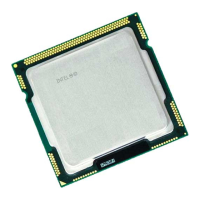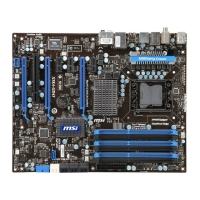Profile Data Merging and Data Format (gmpf960)
5-3
5
infile
specifies an input file. You can specify multiple
input filenames; gmpf960 processes them
sequentially. Input files can be the results of a
program execution or a previous merging of
profiles.
Discussion
The gmpf960 utility merges the execution profiles in all
infile
files and
stores the resulting profile in
outfile
. Input files can be either the output
from a previous invocation of gmpf960, or the
default.pf profiles
created automatically when you run your instrumented program.
NOTE. The tools that accept profiles generally accept multiple profiles
and merge them in the same manner as gmpf960. However, gmpf960 is
the only tool that actually produces profiles, and in particular, is the only
tool that can produce a self-contained profile by conversion from a raw
profile. The other tools always perform the merge internally and discard
the merged profile after processing.
The
t option is useful if your execution environment does not support
automatic creation of the
default.pf profile file. Use t if your input
files are in the text format described below.
If the
t option is not specified, the input files are assumed to be in their
default binary format. Input files can be either the output from a previous
invocation of gmpf960, or the
default.pf profiles created automatically
when you run your instrumented application.
Example
The following command reads and processes run1.pf, run2.pf,
run3.pf and merges the results into the self-contained profile summ.spf.
gmpf960 -spf summ.spf run1.pf run2.pf run3.pf

